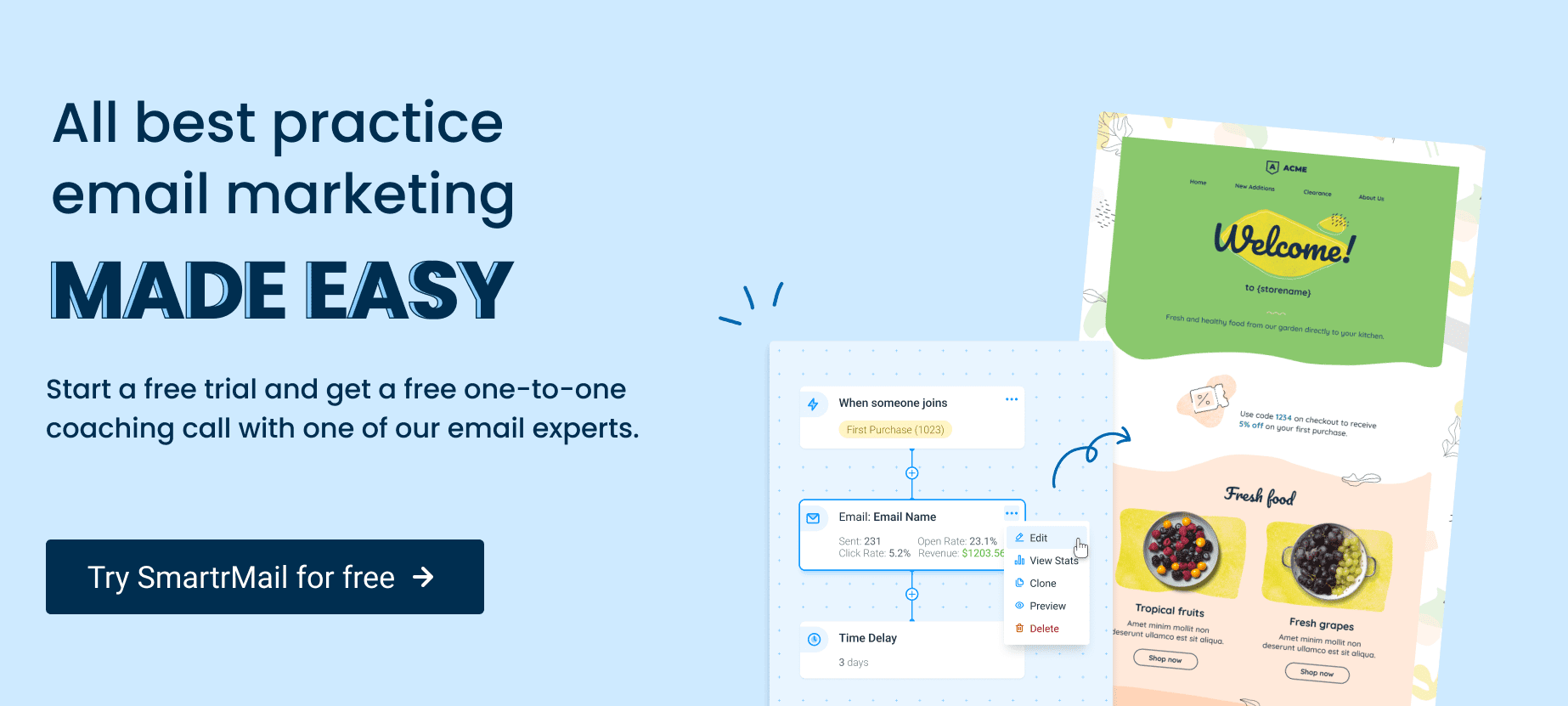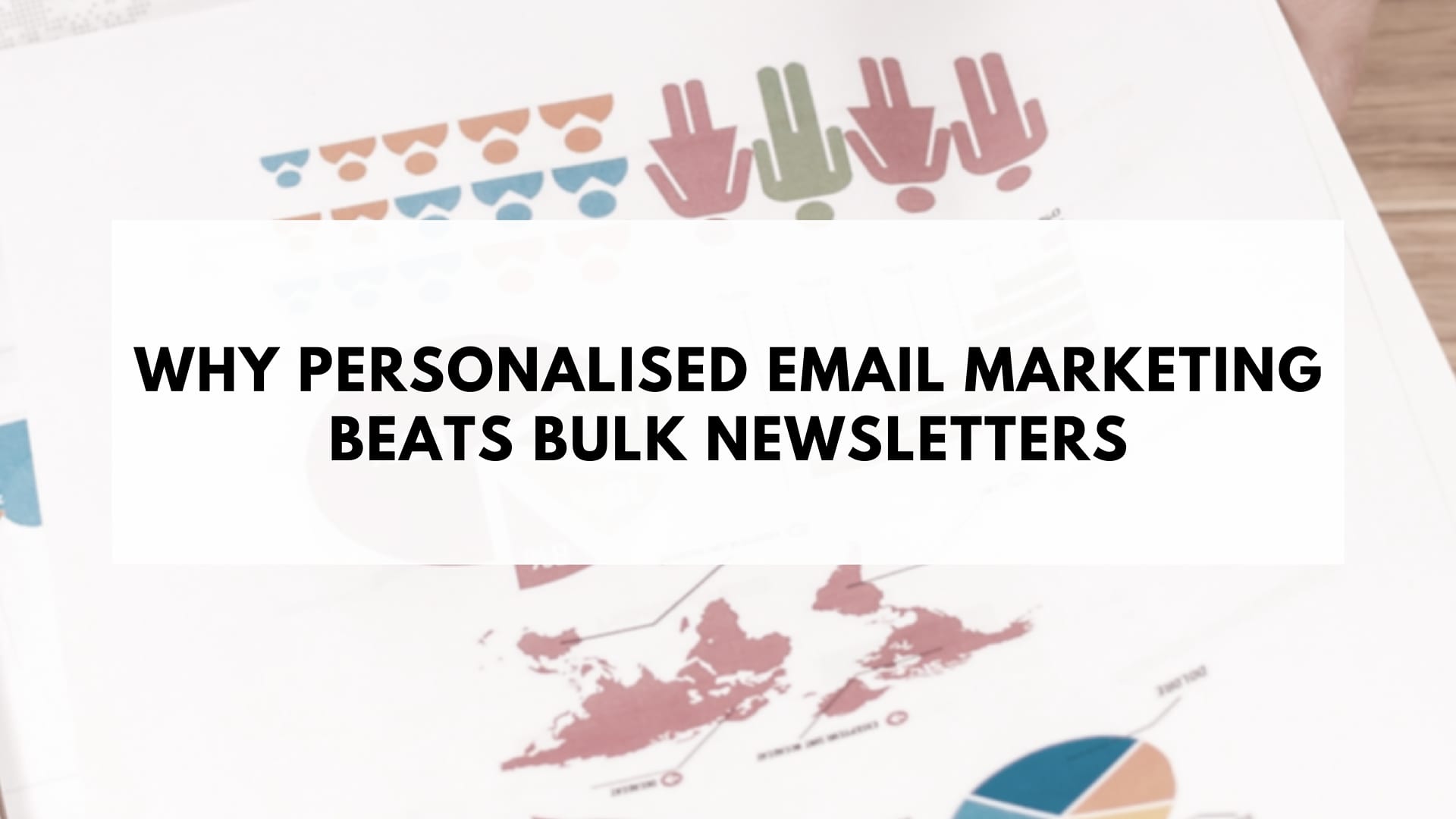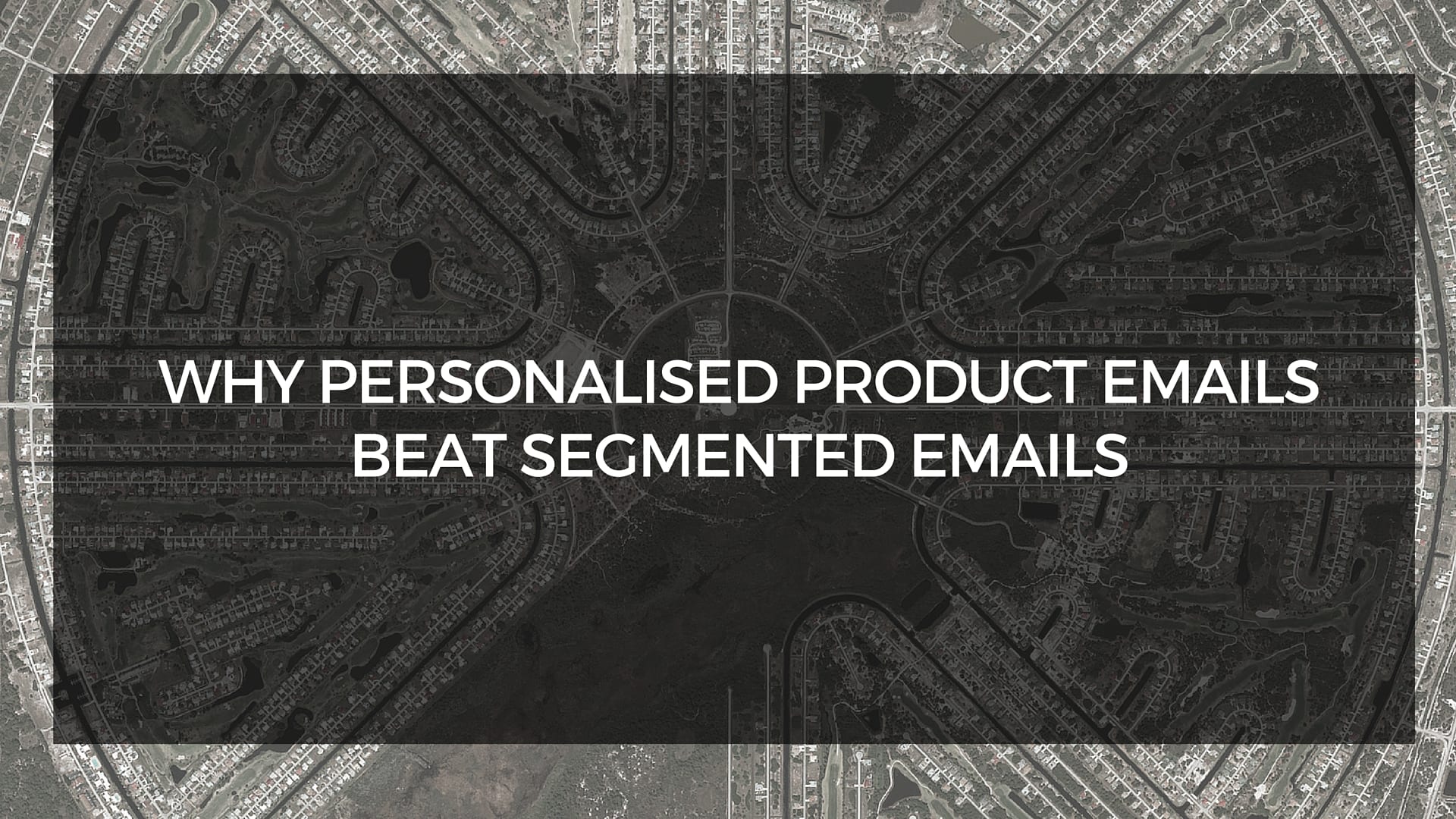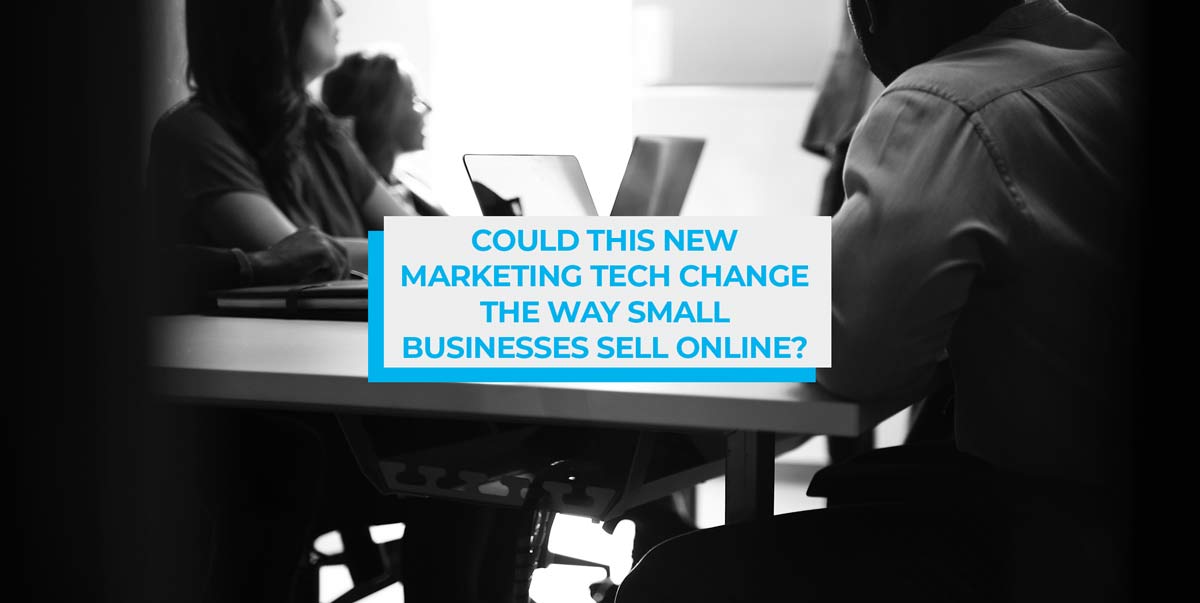It’s the beginning of a new decade and email marketing is set to roar into the ‘20s evolving faster than ever.
Last decade saw the rise of the importance of mobile responsive design, personalization and automation.
But as we turn our attention to the future, what lies in store for email marketing?
To get a glimpse of what you can expect to see in your inbox over the coming years, here’s a collection of expert email marketers’ top predictions.
We’ve included some suggestions on how to kickstart your ecommerce email marketing in the new year as well.
Email marketing trends for 2020
Email isn’t dying
No, email marketing isn’t dead, nor is it dying.
Instead it remains the most profitable digital marketing channel there is and with social media making it harder to reach your audience, one of the most reliable channels too.
A point that Peter Sumpton from Marketing Study Lab highlights in his predictions:

Email will still remain one of the best ways to communicate with those that want to hear from you.
Unlike social media where you can switch between platforms at a moment’s notice; follow / unfollow, like or unlike with one click, email will remain consistent as a platform that allows one-to-one communication to an inbox that is well established and part of your daily routine, both within business and leisure.
Eric Stahl from Salesforce Marketing Cloud also believes that email marketing has a bright future in store. Especially when it comes to even greater personalization.

Email marketing—really all marketing—is becoming all about connecting to each and every customer at the individual level across their entire journey. With the customer in control of their media consumption, this shift is only going to accelerate.
This presents a bright future for email in the multichannel world.
Unlike any other marketing channel, email holds two key advantages: It is permission-based, and it unveils robust first-party data, which enables greater personalization with every interaction. The email address is now the key to identity-based advertising on platforms like Facebook and Google.
Jill LeMaire Redo from Epsilon also sees email as growing in importance in the new decade and increasingly being the linchpin through all digital marketing.

In 2020, email will continue to be an anchor, but what will change is the evaporation of siloed channels, allowing the walls to come down and enabling orchestrated digital marketing in a broader sense—that is, Digital Integrated Marketing Communications (IMC).
Send time optimization
Email marketing has come a long way from the days of email blasts to your entire list.
From merge fields letting you greet your subscribers by name to automated flows based on behavioral data and personalized product recommendations, emails are now a lot more personal.
However many expert email marketers predict that things are only going to get more personal going forward. And one way this will happen is with send time optimization.
Send time optimization is simply the use of AI and machine learning to determine when subscribers are most likely to open their emails. Emails are then sent at the optimal time to gather the most opens possible.
This is something the Head of Research for Oracle Marketing Cloud Consulting, Chad White, predicts will happen.

Personalization in all of its forms will continue to grow, but the personalization of send time will be one of the fastest growing forms. More email service providers are offering this functionality, which optimizes the send times of emails to individual subscribers based on their historical open patterns. So, 2020 is set to be a big year for the adoption of send-time optimization.
Brandon Threinen from Trinity also expects to see more marketers taking advantage of send time optimization.

Personalization is huge in email marketing right now and the importance will only increase in the coming years. More than ever, we are sending emails based on when subscribers are most likely to open. We can now use an individual’s history to create a send time adapting to their habits. This will lead to higher open rates and conversions when combined with personalized content and visuals.
Wearables will enable more personalization
Another way we can expect emails to become even more personal is with the rise of wearables.
Not only are smart watches and fitness trackers collecting more data, but also present new challenges for adapting email content to such small displays. Think mobile responsiveness taken to the next level.
Here’s what impact Iryna Lurchenko from Madison/Miles Media predicts wearables will have:

Marketers will likely be able to access more data, including users’ location, from wearable devices.
They might be able to format emails, depending on where consumers read them. Email recipients might see a full email on their computer and only a subject line and a call to action on their smartwatch.
To make the most of these opportunities, marketers should do their research on how wearable technology can integrate with their email marketing strategy.
Johnny Santiago from Social Catfish backs this up with his prediction.

There will be even more opportunities for making your email marketing messages more personal through integrating your email marketing software or CRM with wearable and mobile devices.
Such as through using location-tracking better by using data from wearable and other mobile devices and reformat emails depending on what devices your subscribers read them. For example, a subscriber might see a full email on a desktop, but only a subject line on a wearable device.
Interactive and dynamic content within emails
The days of static emails are numbered.
George Hartley from SmartrMail sees a future where emails behave increasingly like websites.

Developments like AMP for email and even structured data will mean that emails will move from simply being a portal to a website to an end in and of themselves.
Pinterest already lets subscribers follow new topics and pin items to their boards within their emails. Booking.com also loads new recommendations within emails based on how subscribers react to other suggestions within the same email.
Eventually by the end of the decade we can expect to complete entire purchases including checkout all within an email.
Allison Hott from TrustPulse also sees interactive emails becoming more common in people’s inboxes.

One email marketing trend that’s going to get bigger in 2020 is interactive email content.
Interactive email content gives users something to click and participate in, instead of just passively reading, so it does wonders for boosting engagement. Interactive email content can include surveys and polls, add to calendar options, gamified features like scratch-its to reveal discounts, and more.
The rise of voice based search on email marketing
Over 50% of households are expected to own a smart speaker by 2022 and half of all online searches will be voice based by the end of the year.
Polly Kay from English Blinds predicts this is going to start having implications for email marketing.

One of the hottest up and coming email marketing strategies for 2020 is making email marketing content voice-tech friendly. Given the rising popularity of smart home devices and the resulting high level of familiarity and reliance that consumers are beginning to build with such devices, this is simply a natural evolution of the use of such devices.
Highly visual promotional emails that draw the eye, engage, and keep the reader invested are one thing, but they fall flat if your prospect is hearing their email read out loud instead. Ensuring that your marketing emails achieve the same goals when heard aloud, making them screen reader friendly, and building upon this to make them synergistic with smart devices, is the email marketing trend to get ahead of in 2020 and beyond.

Email marketing will continue to mature
Email may have been around for decades, but that doesn’t mean that it’s not done growing up as a marketing channel.
Too many ecommerce marketers still treat email as a channel to blast their sale emails in the hope that it’ll drive conversions. However better spam detection and the need for good email engagement will see fewer marketers playing the ‘numbers game’.
Laura English from Sonder predicts that instead email marketers will increasingly take a relationship first approach with their subscribers.

In ecommerce we’re going to see fewer brands playing the ‘numbers game’. Brands are finding consumers are more curious about what a brand has to offer when they’re sending one email per week, as opposed to 3 a day.
Privacy concerns aren’t going anywhere
With the CCPA having come into effect on January 1st this year, email marketers will need to continue to be conscious of privacy concerns.
Especially with all the new data coming in from wearables, increased personalization with send time optimization and email becoming more like webpages.
Peter Sumpton also doesn’t think we’ve seen the last of new privacy legislation.
First, there was CASL (Canada’s Anti-Spam Legislation). Then GDPR. Now, brands have to adapt to the California Consumer Privacy Act (CCPA) as well as the Nevada Privacy Law and what looks like a wave of other state-level privacy laws in the US.
Managing legal compliance will be a major focus for American companies, many of which have been unaffected by CASL and GDPR.
Cory Hedgepeth from Content Marketing Copy predicts that subscribers will also continue to care about how their personal data is being used.

While email marketers are beyond the GDPR hump to some degree, consumers will continue to increase their desire for more privacy. For email marketers, this not only means being compliant in terms of CAN-SPAM but also aiming to convey their adherence to privacy to the consumer. The more the consumer is convinced the marketer’s newsletter is a safe privacy space, the more likely they are to sign up or remain on the list.
Increased locationization
This one’s probably not going to have as big of an impact as the above predictions, but Len Shneyder from Twilio predicts that we’ll start sending non-Latin characters in email addresses.

Email will take on an even more local flavor: SMTP-UTF8 is the localization of email addresses. People who write in non-Latin alphabets will no longer have to rely on Western characters for their email identity. We will start seeing addresses such as 約翰-多伊@gmail.com.
New year email marketing tips
So with all of the predictions for the future of email to digest, it’s worth thinking about what you can do with your email marketing right now.
Some of the above predictions may not impact you for a few years yet, but the tips below you can implement straightaway.
Support people’s New Year’s resolutions
Juliana Weiss-Roessler from WR Digital Marketing recommends thinking about how your products can support people in achieving their New Year’s resolutions.

The New Year is a time when people are more open to trying new things and setting new routines. Seize this spirit with your promotions.
Think about how your products can help support customers’ New Year’s resolutions. Or how your products can generate ideas for new resolutions to set. Share how the products can make achieving resolutions easier or more fun.
Hassan Alnassir from Premium Joy also recommends tying your email marketing into New Year’s resolutions.

One email marketing tip for ecommerce businesses is to tie their product (or service) to the customer resolution or goal for the new year, including some practical information.
If you sell health-related products, for instance, you could talk about the health targets for the year and lay out some steps that can be taken to move in the right direction including to suggest one or more of your items.
Customers will be more likely to engage with a marketing email and maybe make a purchase if the message includes some useful advice in addition to the products or services offered.
Take a break from selling and focus on building relationships
Your customers are likely exhausted from all the holiday sales they’ve just been through.
So instead of constantly promoting your products, try focusing on building up your relationship with subscribers.
This is exactly what Aiden Angeli from Ripe Marketing advises.

Don’t always be selling.
Provide helpful tips, resources and videos that add value to them, their business or help solve any problem they have communicated they need assistance with.
It doesn’t need to be directly related to your product/service. Think what else they would need help with or care about that aligns with your product/service and send them an article.
When they are ready to purchase, you’ll be top of mind and someone they want to give their money to.
Dre Baldwin from DreAllDay also recommends focusing on building relationships instead of selling.

Tell stories, share goings-on in your life and business. Don’t feel like every message has to be selling something or trying to move people to certain actions.
While a CTA can be included in a message, focus on building and strengthening your relationships with your audience. Consumers like to know the personalities of the people they buy from.
Daniel Wittler from Stodzy Internet Marketing suggests one way you can potentially build a better relationship with your email list.

Use the new year to bring about a topic that can increase your interactivity with your customers. Simply post a question in your next email marketing campaign and ask what your customers would like to see from your company in the new decade/year, whether it’s a new service, product, or suggestion. It’s a great way to engage conversation.
Having a positive and friendly conversation between email with your customers makes the experience personable to them and leaves a great impression on them.
Take advantage of the new decade
A new decade doesn’t come around often and a tip from some expert email marketers is to incorporate the new decade into your marketing. Including Tyler Putz from Circa Interactive.
A quick, easy and free strategy for improving email marketing efforts in 2020 is to align your marketing pitch with a “new decade” mindset.
Consumers and businesses will look to make major changes in the 20s and taking a time-sensitive, transformational angle with your subject line and overall pitch should increase your open-rates and leads, so be sure to include something about “new decade” or “2020” in your subject line.
Sergei Belous from UpFlip also points out that 2020 is a leap year.

2020 is a leap year. Take advantage of this day with a clever promotion around this day that only happens once every four years. 2020 also has a ‘every four year’ parameter surrounding it, it’s a presidential election year.
Final thoughts
Email marketing is in for some massive changes in the coming years.
But now that you’re aware of what the major changes are likely to be, you’re well on your well to being prepared.
As with any field that’s constantly evolving, those who stay up to date will be the ones who succeed.
If you know of any other upcoming email marketing trends, mention them in the comments below!




